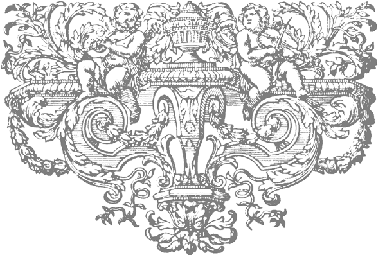A Franco-Flemish double-manual harpsichord,
![]()
Detail of The painting of the inside of the lid
The author of this painting has yet to be determined. But, like the painting of the figures on the top of the lid, it is of extremely high quality and compares with the best Parisian landscape artists active around 1750. It shows a sylvan landscape with groups of figures engaged in rural activities. The figures are painted in a vigorous, free style and it seems likely that they hold the key to an eventual attribution of this landscape painting.
For more details of the lid paintings at an early stage of cleaning and restoration click here.
![]()
Important
Features of this harpsichord
![]()
A brief history of the musical and decorative states of the Franco-Flemish harpsichord
![]()
Details of
the original state of the instrument
![]()
Details of the eighteenth-century states of this harpsichord
Details of the modern history of this harpsichord
![]()
Problems encountered in the ethical restoration of this harpsichord
![]()
![]()
Go back to the main page of this section
![]()
This page was last revised on 20 November 2021.
